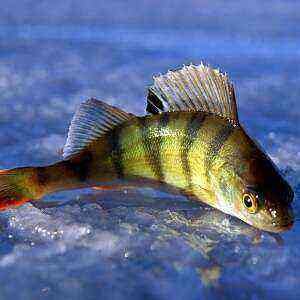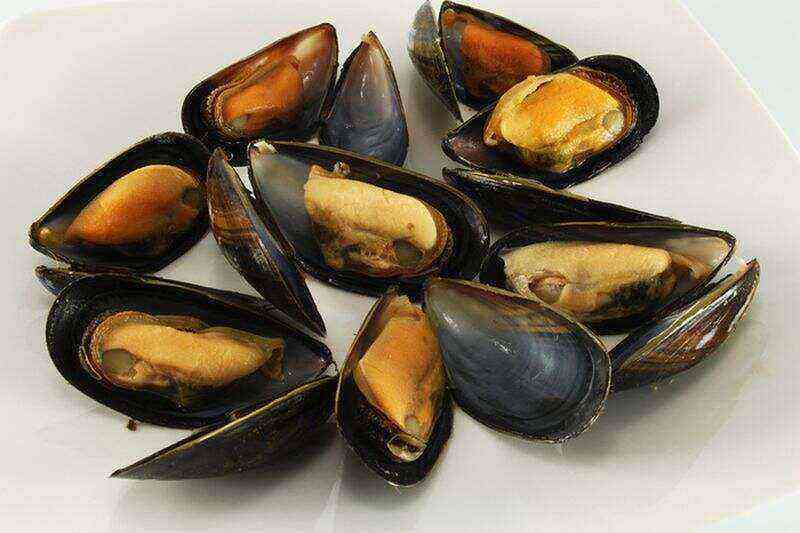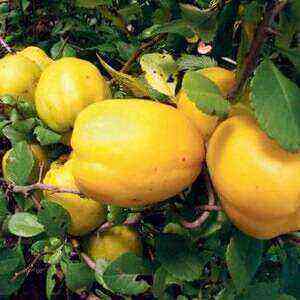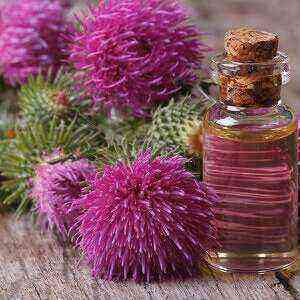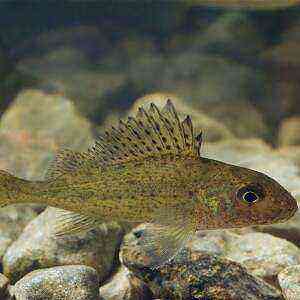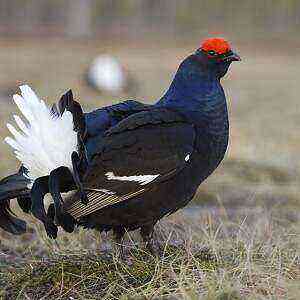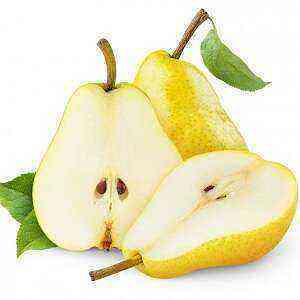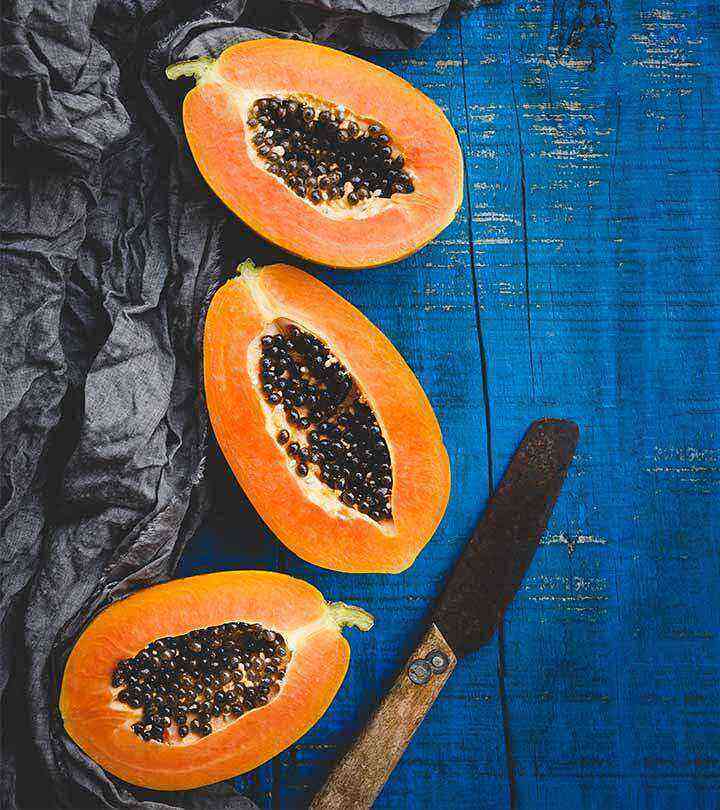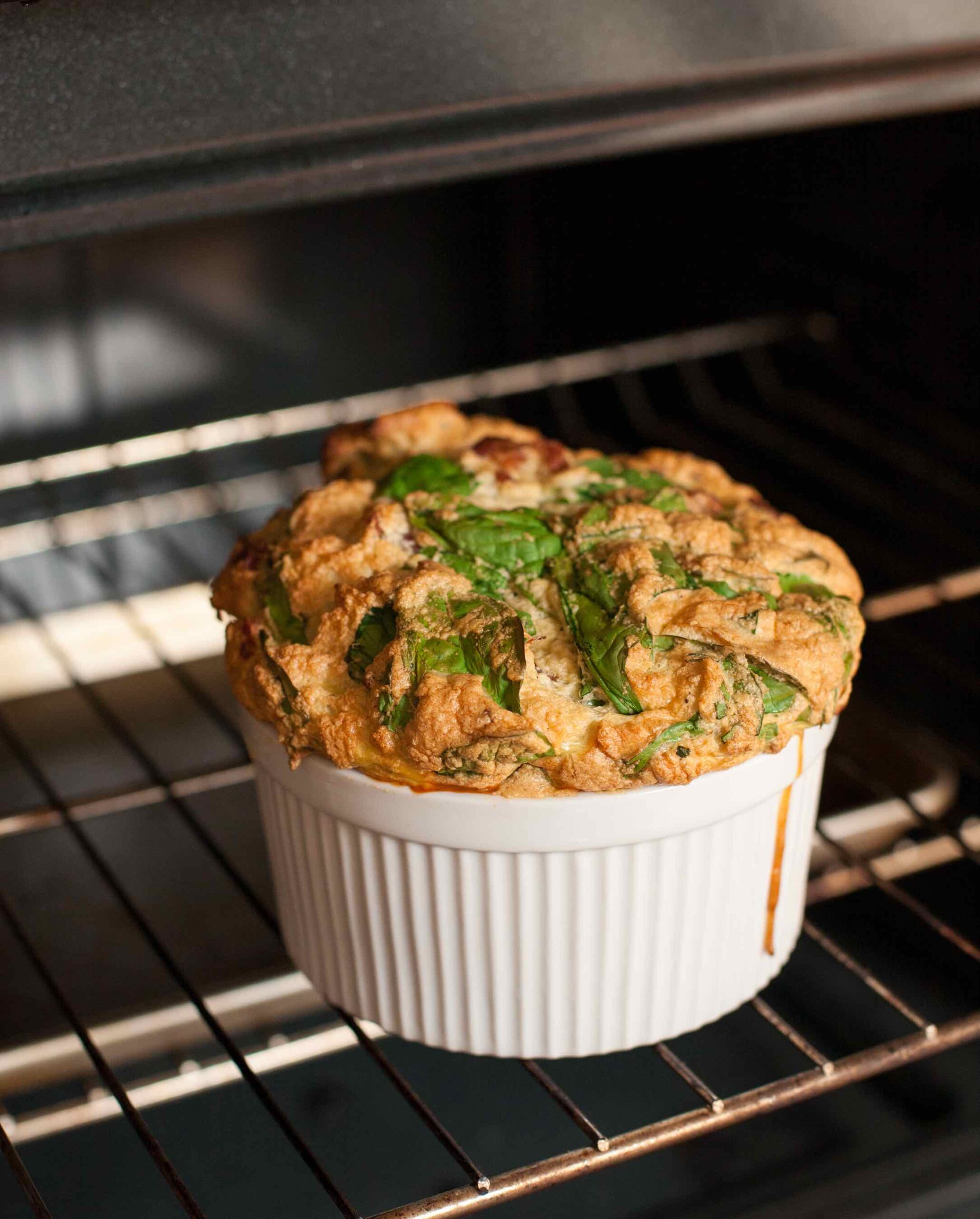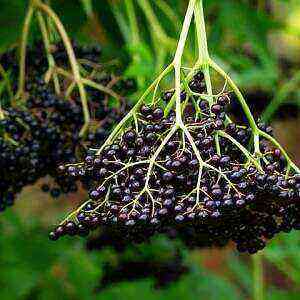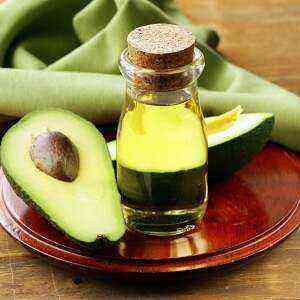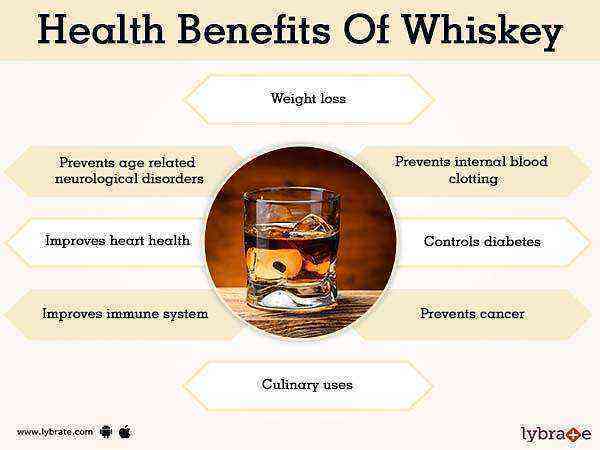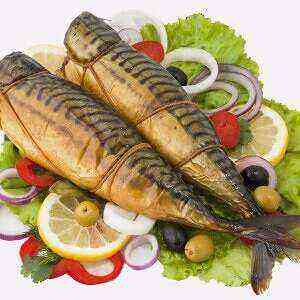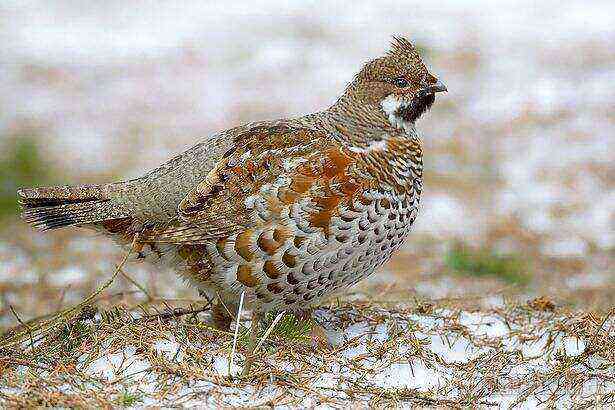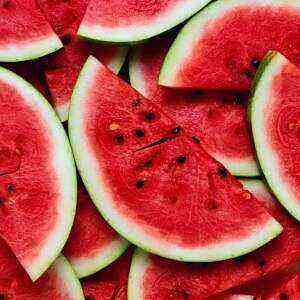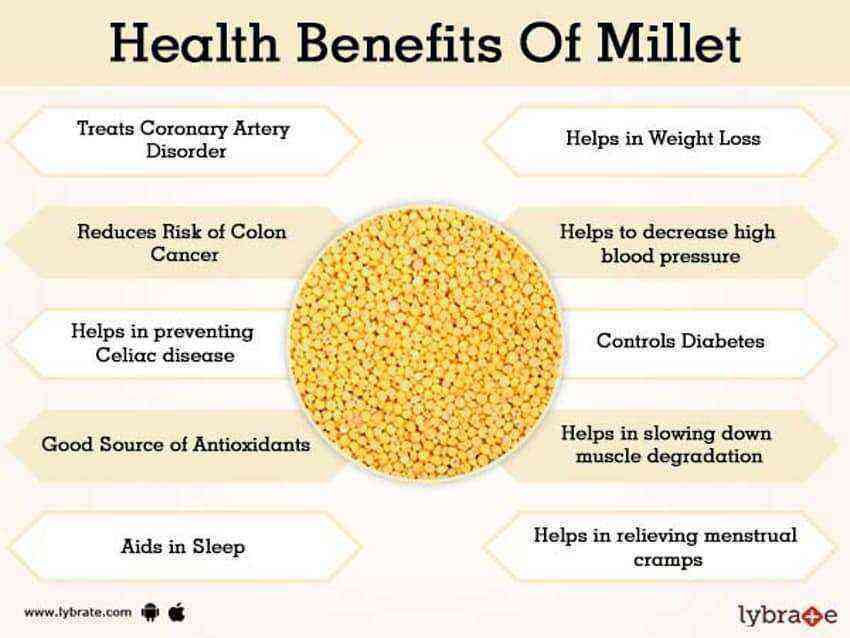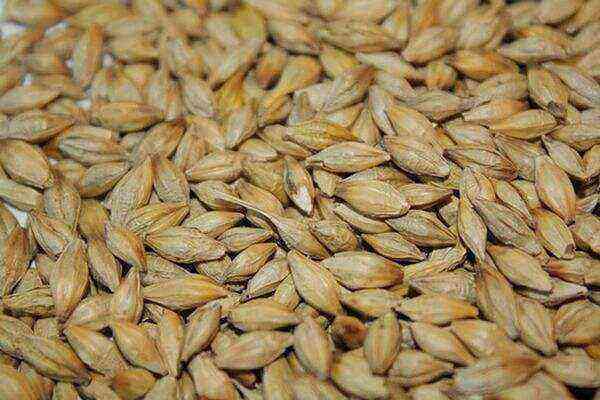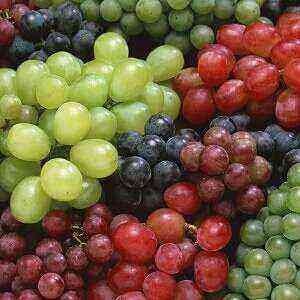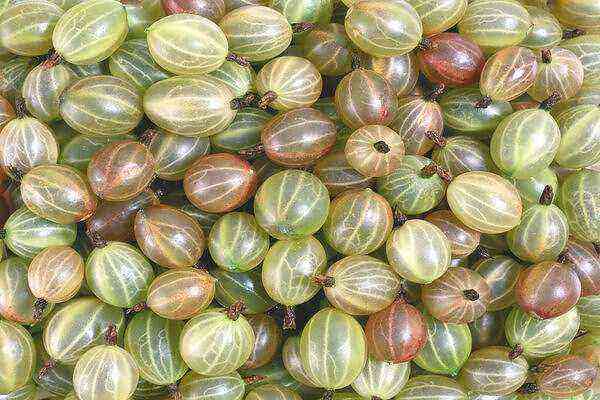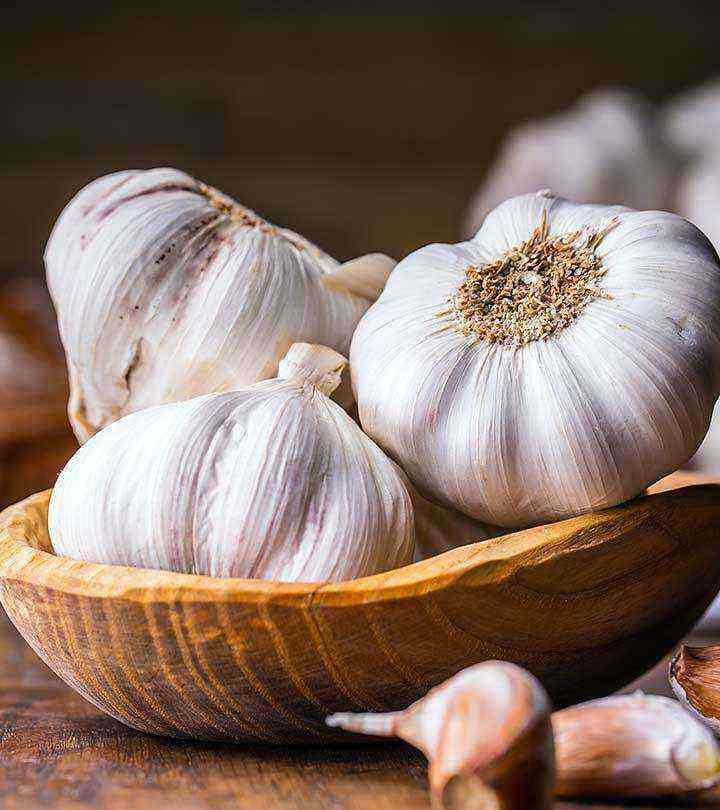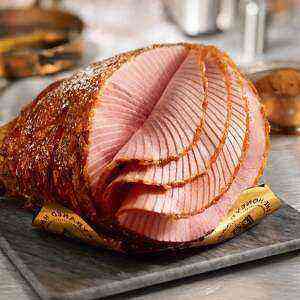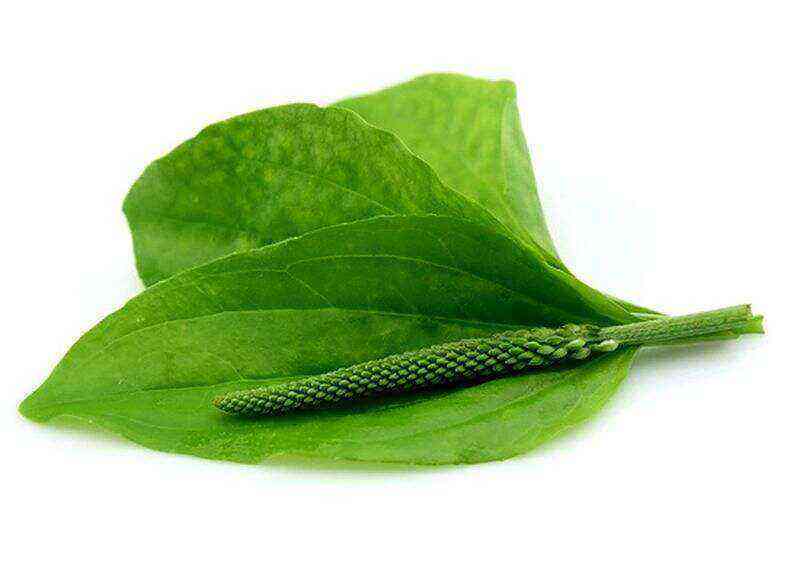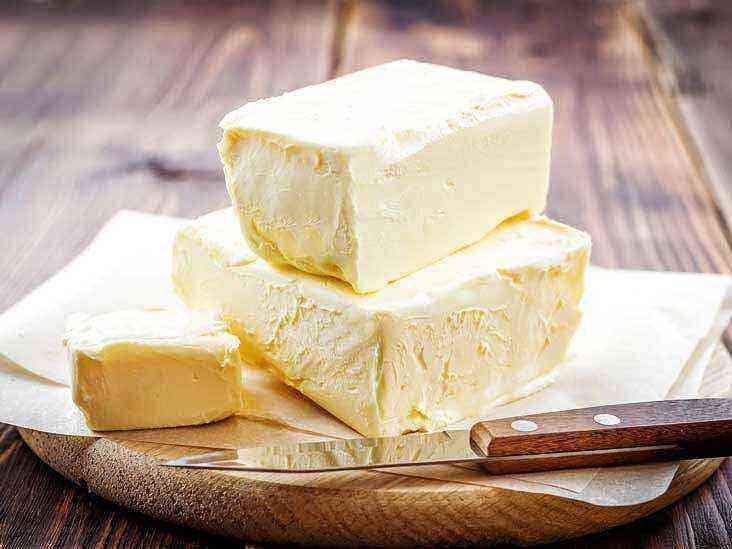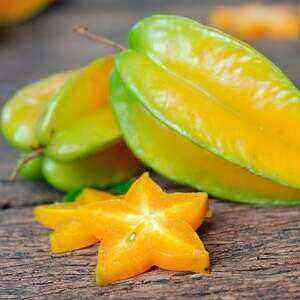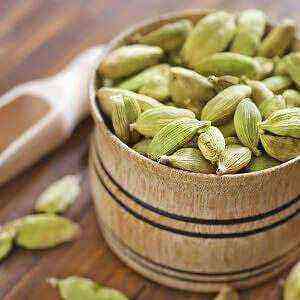
The representative of the ten-armed cephalopod mollusks is found exclusively in the seas and is not found in low-salted, fresh water bodies.
Squid meat is considered dietary and nutritious among seafood. The high content of easily digestible protein, vitamins (C, PP, B6, E) and minerals (iodine, potassium, selenium, copper, iron, phosphorus) determines the formation of the body’s natural defenses, strengthens the immune system. In addition, with regular use of a mollusk, a person’s blood pressure normalizes, “bad” cholesterol, heavy metal salts are excreted, vitality improves, and the emotional state improves.
Due to its beneficial properties, the carcass and tentacles of squid are used in cooking for frying, stewing, smoking, drying, boiling, preserving. On their basis, cooked salads, sushi, minced meat, seafood soup.
Dishes from the mollusk are well absorbed by the body, they are recommended for diet food.
Squid structure
The mollusk has five pairs of tentacles, one of which has lengthened in the process of evolution. The squid’s senses are represented by statocyst, eyes, papillae, respiration – comb gills. Depending on the species, the location of the suction cups on the tentacles varies.
The body of squids is streamlined and torpedo-shaped; due to this configuration, they develop speeds of up to 55 kilometers per hour. Most animals have three hearts attached to one of three pairs of main tentacles. This structure of the squid determines its ability to regenerate. Along the mollusk’s body is the cartilaginous “arrow” of gladius, which keeps the body in balance and serves as a rudiment of the inner shell.
The color of squid changes under the influence of electrical discharges.
Interestingly, in speed, ten-armed cephalopods only lag behind dolphins and tunas. They are great swimmers. Saving from pursuit, squids can fly over the surface of water tens of meters like flying fish.
Chemical composition
Squids do not have a pronounced fish taste, they vaguely resemble lobster meat. Properly cooked mollusk is soft and gentle, it contains easily digestible protein, retains polyunsaturated fats, nutrient nutrients. Therefore, in another way it is called as “sea ginseng”.
Defrosted 2 – 5 once the clams have the smell of old fish and a bitter aftertaste. In order to avoid poisoning the body, it is prohibited to eat such a product.
Table № 2 “The chemical composition of squid meat”
Nutrient Name
Nutrient content in 100 grams of product, milligrams
Vitamins
Niacin equivalent 7,6 Nicotinic acid (PP) 2,5 Tocopherol (E) 2,2 Ascorbic acid (C) 1,5 Thiamine (B1) 0,18 Riboflavin (B2) 0,09 Folic acid (B9) 0,011
Trace Elements
Цинк
1,8
Медь
1,5
Железо
1,1
Йод
0,3
Марганец
0,17
Кобальт
0,095
Молибден
0,02
Никель
0,011
Macronutrients
Калий
280
Фосфор
250
Сера
180
Натрий
110
Магний
90
Кальций
40
The calorie content of the mollusk, based on 100 grams, is:
- fried – 175 kilocalories;
- boiled – 98,26 kilocalories;
- dried – 245,06 kilocalories;
- smoked – 286 kilocalories.
The most correct combination of squid with the following products:
- fresh fruits (apples, citrus, pomegranate);
- fresh salad vegetables (bell peppers, cabbage, greens, tomatoes).
The nutritional properties of the mollusk will be maximally preserved if it is put into salted boiling water and cooked for 5 minutes.
Influence on the body

- Reduce inflammation. The high content of selenium (63% of the daily dose) in squid meat causes the antioxidant ability of the product and reduces the manifestations of arthritis, pain.
- Help to absorb iron. 85 grams of mollusk contains 90% of the daily copper requirement. This mineral is involved in the formation of red blood cells, absorption and metabolism of iron, prevents the development of anemia.
- Maintain healthy hair, nail plates, skin, muscles. In addition, squid – the best source of animal protein, which is slowly digested in the human body, prevents the recruitment of extra pounds.
- Stabilize blood glucose levels.
- Reduce the risk of developing heart disease (stroke, heart attack) by reducing the level of homocysteine in the body.
- Weaken headaches, migraine due to the high content of thiamine and riboflavin.
- They supply bone tissue and teeth with “building materials” – phosphorus, calcium.
- Strengthen immunity due to the presence of zinc in the composition. It is scientifically proven that the lack of this element makes the body susceptible to infectious diseases.
- Reduce blood pressure, prevent the development of hypertension.
- Relax nerves, relieve muscle spasms.
- Withdraw heavy metal salts.
- Maintain endocrine and thyroid systems in a healthy state.
Unlike meat of cattle and poultry, squids do not contain cholesterol, therefore they are allowed in the dietary diet for people with heart and blood vessel diseases.
Other useful properties of the mollusk:
- normalizes the condition of the intestines;
- provokes the secretion of gastric juice;
- well absorbed;
- does not create discomfort and heaviness in the stomach.
Squids have a diuretic function, improve memory, stimulate mental activity, contribute to the rapid build-up of muscles. Therefore, act as an “ideal” diet product for athletes and bodybuilders.
Противопоказания
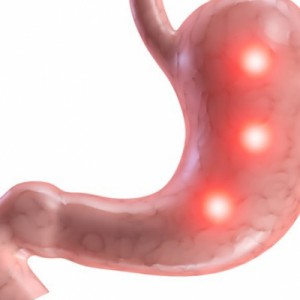
Contraindications to the use of squid:
- Individual intolerance to the product.
- Allergy.
- Stomach ulcer.
- Elevated blood cholesterol. 100 grams of squid meat contains 260 milligrams of harmful compounds (87%).
It is not recommended to use smoked or dried shellfish more 150 grams at a time, because they retain body fluids, provoke salt deposition, give a strong load on the digestive tract, worsen the skin condition. Boiled squid is devoid of these shortcomings, the composition of BJU is dietary products.
Squid Diet
Low calorie clam meat allows you to use the product in the diet. The method of losing weight on squid rigid diet. The main advantage of the diet is the usefulness of the product, which in terms of the amount of nutrients is not inferior to meat products. In addition, this diet regimen compensates for iodine deficiency in the body, improves the functioning of the thyroid gland, lowers cholesterol, removes heavy metal salts. Lack of diet – monotony. Due to the fact that squid meat does not contain fat, the product is easily digested, without loading the digestive tract.
The duration of the squid method – 1 week. Weight loss for this period is 4 kilogram. To enhance the effect throughout 7 days, do physical activities (do aerobics, walk, run, swim).
Daily squid diet menu:
- breakfast – rings of boiled squid (unsalted) – 100 grams, freshly squeezed orange or apple juice – 200 milliliters, salad from raw vegetables – 100 grams;
- lunch – boiled squid carcass (sirloin) – 2 pieces, pear – 2 pieces;
- dinner – 100 grams of cheese, green tea – 250 milliliters, salad of egg whites, boiled squid, seasoned with 10% sour cream – 100 grams.
Drink vegetable juices, non-carbonated water (1,5 liters per day), green tea throughout the entire weight loss period. During the diet it is forbidden to use spices, salt, mayonnaise, pastries, fatty and fried foods. For a variety of ration, replace the salad with squid with seafood soup.
Conclusion
Squids – “sea ginseng” for the human body, which supports the endocrine system, strengthens the heart muscle, blood vessels, removes toxins and improves digestion.
The ideal composition (B: F: Y = 18: 2,2: 2) and the low calorie content of the product (110 kilocalories per 100 grams) makes it possible to use clam with weight loss.
The useful properties of squid depend on the quality. When choosing carcasses, note that they must be frozen, not stuck together, easily separated from each other. The film that covers the clam’s body may have a gray-pink or purple hue. Its color depends on the habitat and age of the marine inhabitant. Squid meat under the film should be white. If one of the criteria is not true, it indicates a violation of the storage conditions of the product. When cooking, such a squid will crawl, will be bitter and tough.
Do not buy peeled carcasses, because in the absence of pelt on a mollusk it is difficult to determine its freshness.
